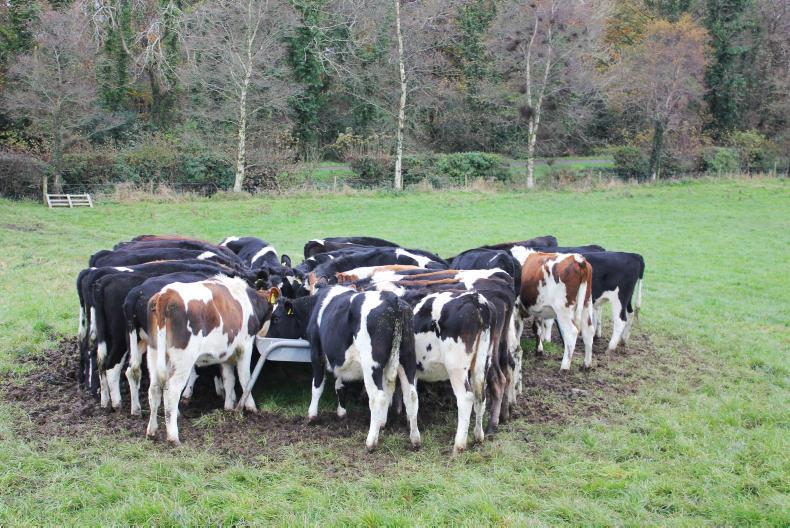When I decided to enter into a contract agreement to rear dairy-bred heifers, it was with a fair degree of trepidation.
For a start, I don’t readily embrace change (and the older I get the more pronounced this trait becomes), and the seismic shift from working with prime beef animals, to looking at pathetic little doe-eyed creatures almost felt like a backward step.
Despite the apparent certainty of real profitability, there was that other great farming stigma – what would the neighbours think?
We all know rightly what’s being hinted at here; it’s the age-old thing where your street credibility rises significantly as long as the new tractor is either red, blue, or green, whereas if its country of origin was somewhere in eastern Europe then you have immediately become something of an agricultural outcast.
Not for the first time in my farming career, my fears have been completely misplaced, and all preconceived opinions have been well wide of the mark.
At this early stage (the calves have been here for five months), I am struggling to find anything negative to say regarding these wee heifers.
For a start, the whole family has sort of fallen in love with all 30 of them. Far from forcing ourselves to confront these narrow little animals on a daily basis, their quiet temperament and gaining nature makes them entirely irresistible.
If you enter the field to check them, a bovine avalanche descends on the quad, to the extent that trying to exit the gate is nearly impossible, unless some meal is used to distract their attention.
This pleasant temperament is entirely at odds with my beef cattle, which can be positively dangerous if not handled with care (especially in confined areas).
If beef cattle are being weighed, I might ask my wife Susan to record the weights, but she’d be sitting in the relative safety of the tractor cab. By contrast, she stood in the middle of the dairy heifers during weighing and the biggest problem was their tendency to chew everything, while using her as some sort of scratching post.
Target
They are finally beginning to bulk up a bit in size and weight, and towards the end of October averaged over 200kg.
That is just ahead of target weight for their age, and having been weighed sixty days previously, daily liveweight gain was 0.75kg.
When they arrived in early June, they were in the region of 90kg, so I suspect 0.75kg per day has been the rate of growth all along.
Feeding
Meal feeding started at over 1kg per head of a 16% blend, and this was reduced at the end of the summer to about 0.4kg.
Currently, they are back up to 1kg again, and silage has been introduced. Although grass is not yet too scarce, a couple of wet nights could change all that.
One thing that did surprise me was just how little grass they ate for the first couple of months. I didn’t really know what to expect, but for next year I’ll probably treat each calf as one sheep equivalent. I can’t help thinking 30 dry ewes would have eaten as much grass as the calves.
Lungworm
The only small management issue this year concerned lungworm. Despite them being injected with Cydectin LA before arriving here, I had to use a pour-on (Dectomax) in August, and followed this treatment with the same again in late October. The injectable should, theoretically, have lasted until housing, but the more I enquire about lungworm, the more I am assured that programmes of control may not follow any definite pattern.
Despite grazing sheep pastures, it seems a warm and damp growing season can lead to heavy burdens and the common-sense advice appears to centre on treatment when coughing within the group becomes noticeable.
That may not sound too scientific, but it probably has worked well for me.
The next few stages for this enterprise (wintering, turnout, getting them in-calf, growing them onwards) will undoubtedly bring new challenges. But at this stage all trepidation and concern has been replaced with quiet hope and anticipation that everything is easily possible with these unassuming and compliant animals.






 This is a subscriber-only article
This is a subscriber-only article





SHARING OPTIONS: